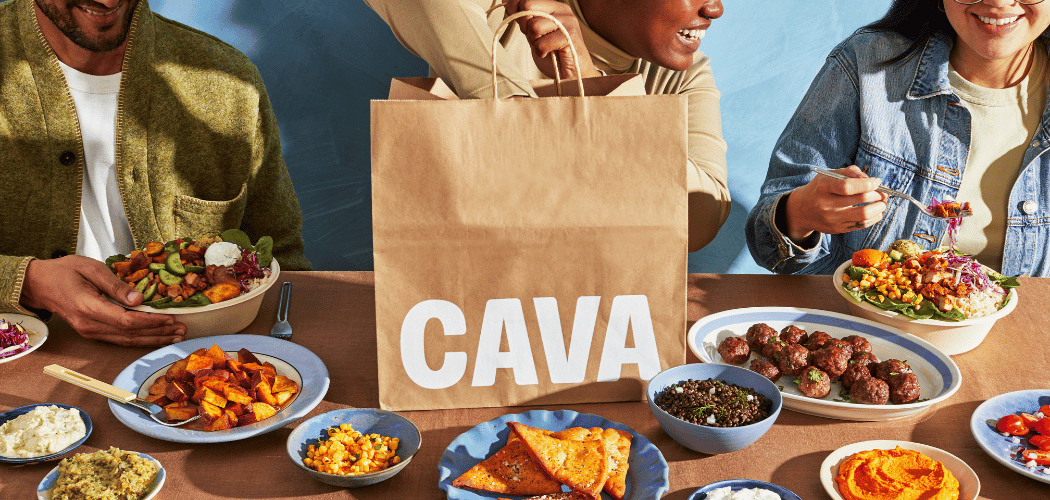Why do people get out of the house and go to stores? Don’t ask the retailers with chandeliers adorning their showrooms or the ones with “pile ‘em high and let ‘em fly” deep-discount bins. More than a few retailers have announced plans to open a significant number of stores in 2021. In fact, we can expect 4,000 stores to open so far in 2021, with 10,000 other stores predicted to close, according to tracking data by Coresight Research. Yet the number of stores actually announced to open outpace those announced to be shuttered in 2021 – 3,344 opening vs. 2,649.
Many of these chains share one key characteristic, but there is more to their brick expansions (and attractions) than the obvious. As consumers venture out again, freshly vaccinated, the kinds of stores expanding suggests a special mix of features more likely to pull customers away from their online options.
And it’s a critical time to get this mix right. As of October 2021, 55% of consumers were making online purchases more frequently than they did before the pandemic; 50% are shopping in physical stores less frequently.
Still, 28% of consumers said they expect to shop in-store more often after the pandemic.
What’ll Get Shoppers Offline? 10 Retailers Reveal Hints
Several national retail chains – some old, some newer – are expanding, some significantly. A look at what they offer, and their models, reveals a few things in common.
- TJX: The parent company of TJ Maxx, Marshalls, HomeGoods and HomeSense announced plans to add 122 net stores in 2021, to bring the total to 4,700.
- Ross Stores ROST +0.9%: An off-price competitor to TJ Maxx and others, Ross is looking at adding roughly 60 new locations in 2021.
- Burlington Stores: The 761-store discount chain is planning to add 75 stores (net) in the fiscal year, and upped its long-term store count to 2,000 from 1,000.
- Dollar General DG +0.4%: The family deep-discounter expects to open 1,050 locations in the fiscal year, including some larger formats, plus it plans to remodel 1,750 stores.
- Dollar Tree DLTR -1.2%: The retailer, also operator of Family Dollar, said it will open 600 locations in the year, and renovate 1,250. Its expansion includes a number of combination stores that blend the Dollar Tree and Family Dollar brands.
- Five Below: After opening 120 locations in 2020, this specialty chain geared toward teens and tweens expects to add 170 to 180 in 2021. Included in that expansion will be its new “Five Beyond” concept of higher-priced (more than $5) merchandise.
- Citi Trends CTRN +1.8%: A 585-store chain that primarily targets Black and Latinx shoppers, this value-priced seller of apparel, home goods and accessories wants to open 30 stores in 2021, and more than 100 by 2023.
- Old Navy: Parent company Gap GPS +2.3% Inc., which also owns Banana Republic and Gap, is looking to add 30 to 40 Old Navy locations to meet demand for non-office, smartly priced fashion.
- Aldi: The German retailer known for private labels and highly competitive prices has 100 stores on the books for Arizona, California, Florida and the Northeast.
- Lidl: Also from Germany, Aldi’s newer-to-America rival is rebooting its expansion plans in 2021, with 50 stores expected, largely along the East coast
Recommended Read: Lidl Plus: Big on Shaking up Grocery Loyalty; Lidl on Price
These Retailers Have More In Common Than You Think
While these are all value chains, a lower price is not the only factor that draws shoppers into their stores. These retailers also specialize in products – and experiences – consumers tend to want to acquire in person. It could be due to convenience, or to exclusive brands or to the attraction of an unpredictable selection mix.
Indeed, many non-value, discretionary retailers also are expanding in 2021. A few emerging shopper longings help explain why.
People long to feel normal again: In the first quarter of this year, the share of people expecting their lives to get back to normal in three to six months rose – to 25% in March from 19% in January – Ipsos research shows. This optimism reveals a yearning to do normal, everyday things, like go to the store and just browse. However, shoppers remain cautious about safety, so that browsing must be justifiable. Retailers can accomplish this by combining necessary staple goods with surprise “quarantreats” that make shoppers feel happy and cared for. This may be why Target TGT -0.3% and the natural grocery chain Sprouts Farmers Market SFM -1.5% are adding stores. Target, with its pharmacy, food and household items, plus its rotation of exclusive brands, is stepping up expansion plans to 30 to 40 stores. Sprouts, meanwhile, sells healthy foods that are of high importance to its target base; it is looking to add about 20 locations.
They long to feel pampered, and attractive, again. According to research by Kantar, the No. 1 activity people are looking forward to, post-pandemic, is pampering – specifically, “beauty therapy.” Nearly one-third of surveyed consumers said they look forward mostly to looking good after the pandemic (507 of 1,647 surveyed). This helps explain ambitious expansion plans byUlta and Sephora. Each retailer provides hands-on, help-yourself cosmetic experiences, including beauty experts, so shoppers can pamper themselves right there, in real time. Sephora is planning its biggest expansion of its 21 years, with 60 free-standing locations and 200 Kohl’s boutiques, while Ulta is eyeing 40 new stores. Many retailers can duplicate beauty’s “transformation experience” in store, by introducing pampering surprises.
And they long to be frivolous again. One article calls it “revenge spending”; the urge to splurge on discretionary items that were taken for granted before the pandemic. But some simple indulgences also helped get people through the pandemic – online sales of lingerie, for example, were up 200% by July 2020. Retailers can seek out their own growth categories and build them up in-stores, easing shoppers from the online to the physical experience. Aerie, American Eagle Outfitters AEO +1.5% lingerie chain, plans 60 stores. And Fabletics, a seller of highly stylish, figure-flattering athleisure wear, is planning 24 new stores – for a total of 74 – likely expecting demand for athletic gear to continue.
These expansions lead us back to the question: Why do people get out of the house and go to stores? They do it for connections, they do it for socialization – they do it to feel human. After 12 months indoors, shoppers are hungry for experiences once taken for granted. Retailers have the awesome opportunity to provide that.
Let’s hope very few squander that opportunity.
Bryan Pearson is a Featured Contributor to The Wise Marketer and currently serves as a director and strategic advisor to a number of loyalty-related organizations. He is the former CEO of LoyaltyOne.
This article originally appeared in Forbes. Be sure to follow Bryan on Twitter for more on retail, loyalty, and the customer experience.




